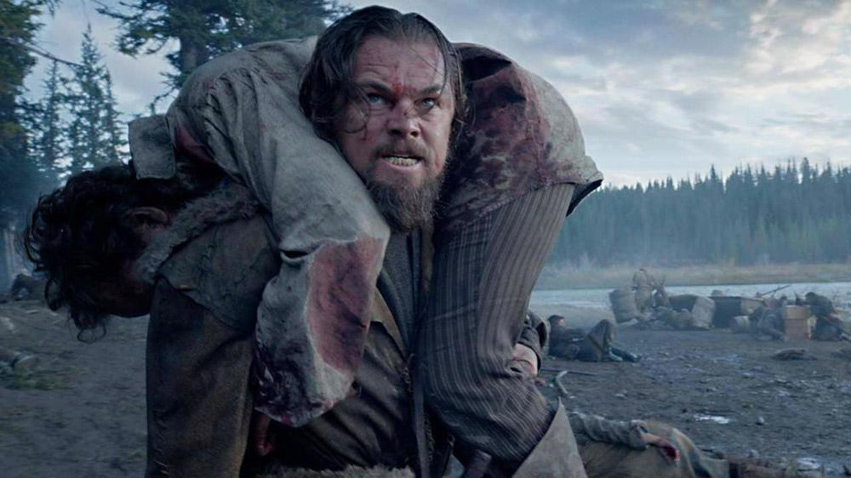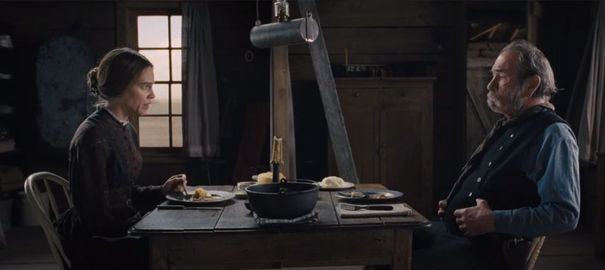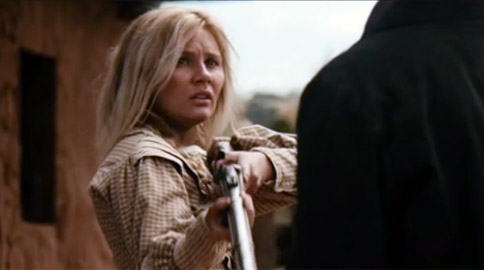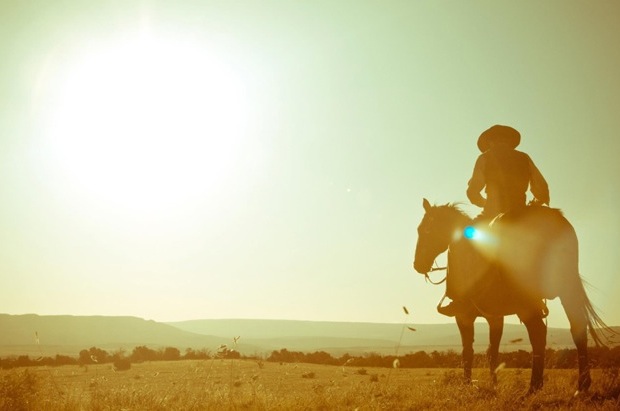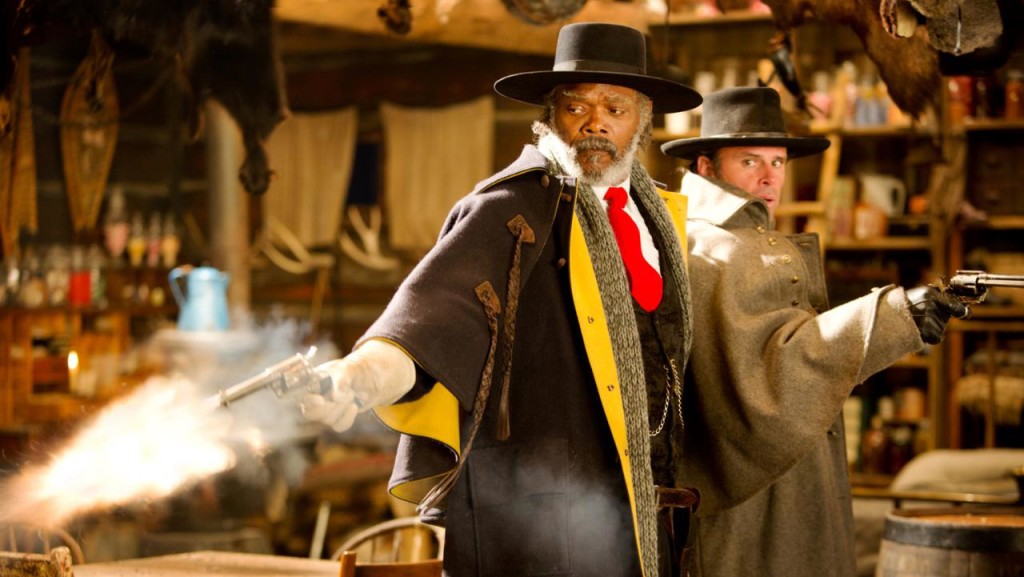
By now, everyone should understand what you’re going to get in a Quentin Tarantino movie: 1) lots of very harsh and extremely stylized movie violence; 2) lots of witty dialogue before and after the violence; and 3) references to other movies that Tarantino loves. A classic example of Tarantino cinema, The Hateful Eight delivers on every count.
If you aren’t entertained by gratuitous violence, then don’t go to this movie. The splatter quotient is high.
The Hateful Eight starts out like the great epic Westerns of the 50s and 60s, complete with dazzling vistas and a score by Ennio Morricone (The Good, the Bad and the Ugly). But soon we are inside a single room with a bunch of scoundrels (some more lovable than others) and entangled in a Spaghetti Western plot – constructed to set up the action set pieces. And the violence is so over-the-top that much of it is both shocking and funny.
Those scoundrels are the spine of The Hateful Eight. It’s always been easy to conclude that Samuel L. Jackson was put on this earth to deliver Tarantino dialogue. Now it’s clear that Walton Goggins serves the same existential purpose. Goggins shot to cult fame by playing the loquacious, crafty and manipulative hillbilly crimelord Boyd Crowder in TV’s Justified. Goggins has the rare ability to project a complete absence of personal bravery, a quick-witted resourcefulness and be very, very funny while he’s doing it. The very best aspect of The Hateful Eight is that it evolves into a Samuel L. Jackson/Walton Goggins buddy movie.
And then there’s Jennifer Jason Leigh, always one of our most interesting actresses. In The Hateful Eight, she plays an extreme sociopath who can absorb an alarming amount of physical punishment. Her character is a malevolent and seemingly irrepressible force of nature, and Leigh’s performance is another reason to see this movie.
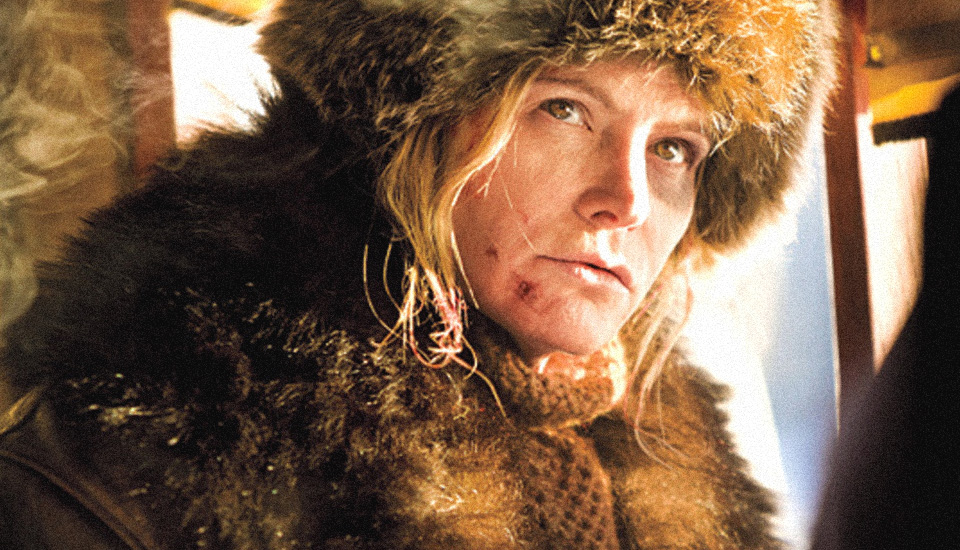
I saw the regular 2 hours and 48 minute version of The Hateful Eight, projected on the digital system that most theaters now use. There is also a “Roadshow” version , which was shot on and is projected from 70 mm film. The Roadshow version also has a musical overture, an intermission and few minutes of extra action. It all adds up to three hours and 6 minutes. While this three hours and 6 minutes version is playing on 12 screens in the Bay Area, only two of them are the 70 mm projection.
I found the The Hateful Eight to be a hoot-and-a-half, but then I love Tarantino and have a high tolerance for movie violence. The Wife stuck it out like a good sport (“Tell me again why I wanted to see this?), but then she’s a Walton Goggins fan from Justified. If you liked Inglorious Basterds and Django Unchained, you’ll probably like this one, too.

